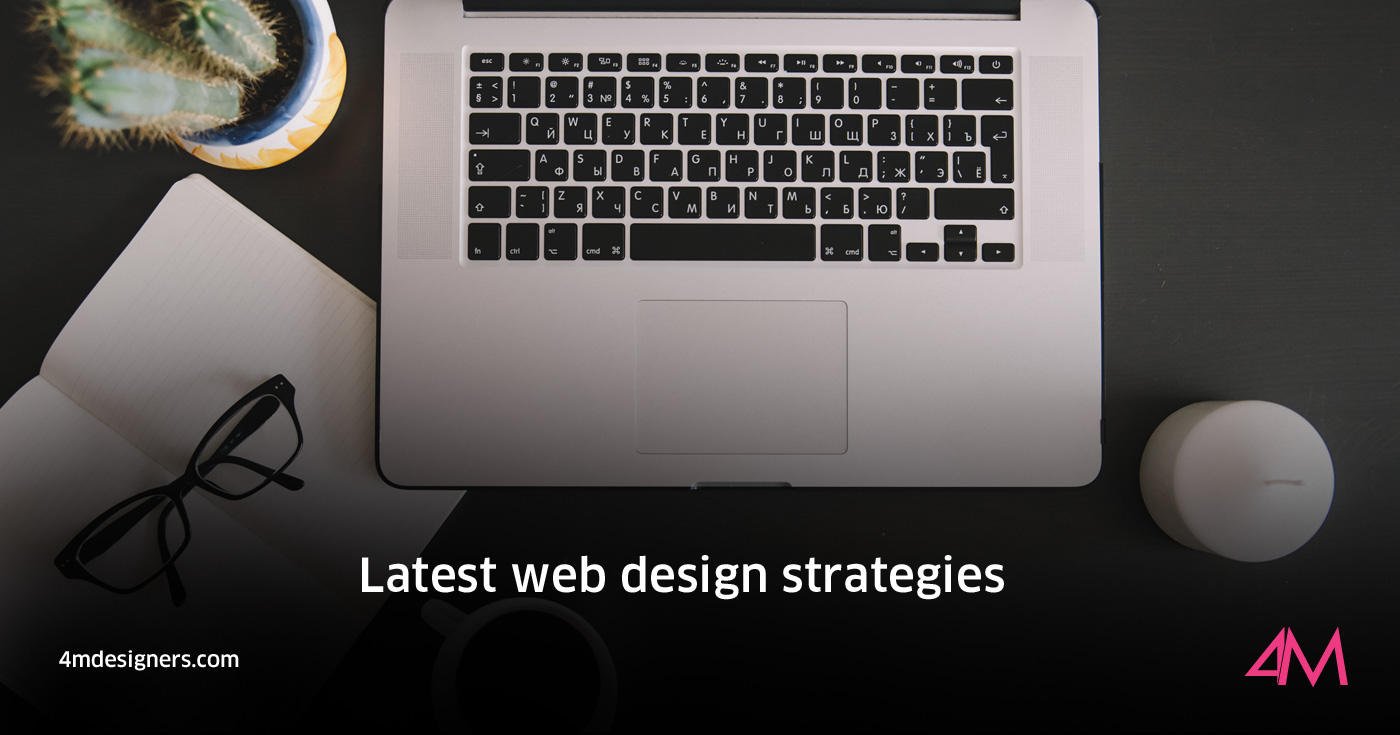Product Design Trends Report by InVision
We all have a number of design related questions in our minds. Which organizations can be labeled design-driven? What are the organizations that focus on design the most? And many other similar questions. All these queries have been clarified through InVision’s Product Design Trends Report.
This international survey provides us with insightful information about the contemporary design world. The responses conducted by gathering responses from over 1650 designers present in 65 different countries. The survey comprises detailed information on topics like: educational requirements, career opportunities, industry trends, compensation patterns, preferences in design tools and purchasing patterns.
The purpose of this type of survey is to point out the organizations that value designs the most. Design has become an important factor of the modern business cycle.
This survey is an informative and interesting piece of information. Let us look into the findings of the survey.
Design is indeed an important factor: it was discovered that across the globe 38.4% companies who have approximately 2000 employees consider design as an extremely important factor. The survey revealed an interesting fact that 65% of startups consider design as a priority,a fairly high number.
The significance of design: Design is considered a very important part of their company by a large percentage of decision making figures. According to a study 33% female directors and 36% male directors recognize design as an important part of their company; Similarly 25% female managers along with 24% of managers who are male also agree; 12% female VPs and 10% male VPs along with 9% of C-level female executives and 10% of C-level male executives also recognize and appreciate the important and effect of a good design along with a small percentage of entry-level workers.
Full-time job: Only 13% of designers are not employed full-time. It is crucial to differentiate among full-time and self-employed designers. Self-employed make 3.7% higher than full-time designers working for someone else, regardless of they work for.
Teamwork prevails: Only 25% of designers work alone or independently. Rest work within a team, under a business setting or the headquarters of an enterprise. 15% of these designers work with a team that is extensively distributed and almost 10% share their working area with their teams.
The jobs are well rewarding: the annual income of an average designer is approximately $80,606. Product designers and usability testers and researchers are amongst the most highly paid designers. Professionals in marketing and conceptual designers make half as much. However, a bias (rather insignificant) among men and women in the design industry can be witnessed, an average male designer makes $77,112 annually in comparison to the average female designer making $76,014.
Professional degree: at least 60% of designers have a bachelor’s degree. Women are more likely to have a higher degree. 71.5% female designers have a bachelor’s degree in comparison to 55.8% of male designers, and 17.3% female designers have obtained a master’s degree in comparison to 16.9% of male designers.



